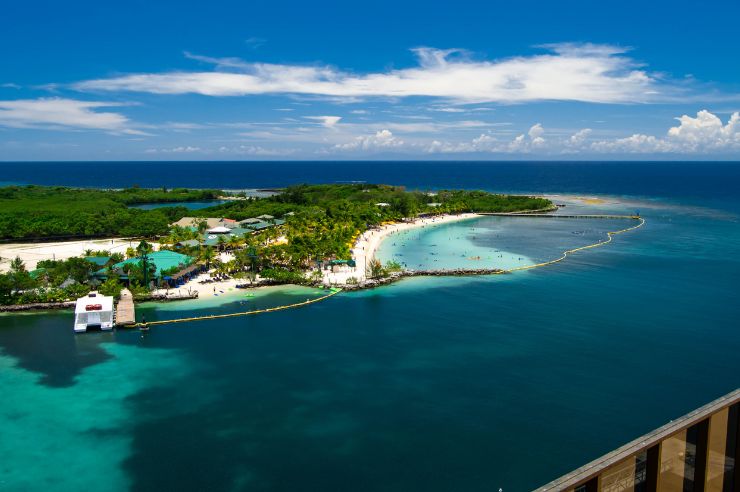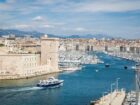Honduras is located in the northern part of Central America, surrounded by Guatemala, El Salvador and Nicaragua. With a population of over 9 million people spread across an area of 112 090 km2, Honduras is one of the most densely populated countries in Latin America.
Honduras has amazing landscapes to offer, from lush rainforests to white sandy beaches and amazing coral reefs. However, a very high crime and murder rate has long prevented the country from being a popular tourist destination. Things are now changing, however, and Honduras is slowly becoming a hidden gem to discover.
1. The Mesoamerican Barrier Reef is the world’s second-largest coral reef system
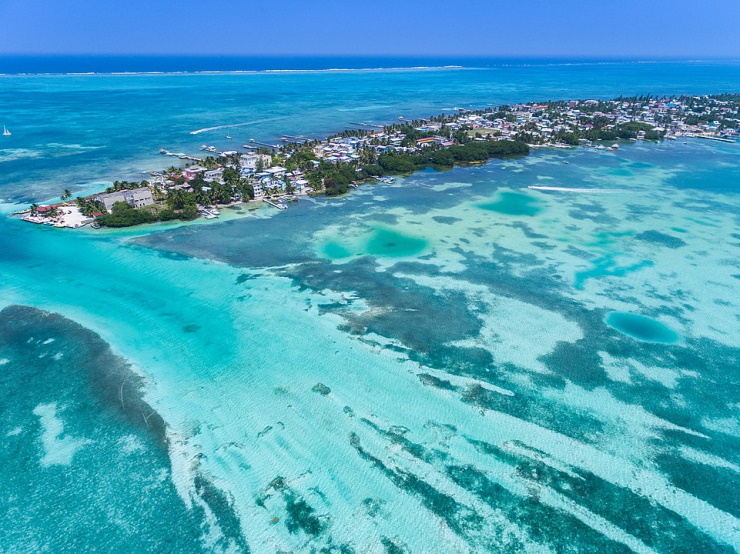
The Mesoamerican Barrier Reef in Honduras is an incredible natural wonder and the second-largest coral reef system in the world. Stretching over 650 miles along the Caribbean coast of Honduras, Belize and Mexico, , this ecosystem is home to some 500 species of fish and 65 types of stony corals.
Visitors can dive or snorkel in the waters around Roatan Island to explore this fascinating natural wonder. The exceptional biodiversity makes it a top destination for scuba divers and snorkelers who come to see colorful sponges, sea turtles, dolphins, and other marine life.
The Mesoamerican Barrier Reef plays a vital role in protecting Honduras’ coastline from storm damage by acting as a natural barrier against erosion and flooding.
2. The Río Plátano Biosphere Reserve UNESCO World Heritage Site
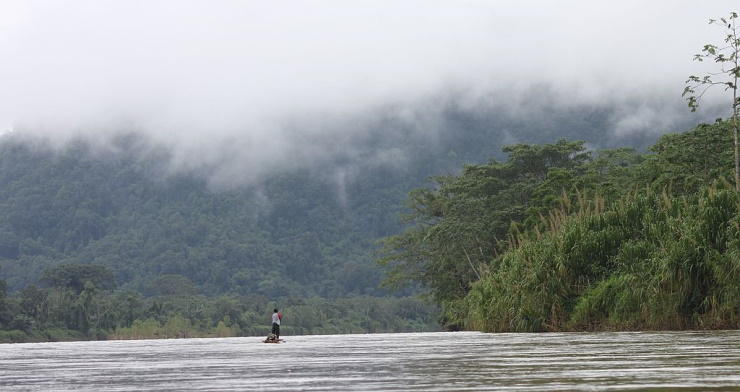
The Río Plátano Biosphere Reserve is a UNESCO World Heritage Site in Honduras. It’s located in the Mosquitia, the largest rainforest north of the Amazon in Central America. Covering a total area of 350.000 hectares, it’s dominated by tropical rainforest and also includes wetlands, mangroves, highlands and coral reefs.
The reserve hosts an estimated 25-30 percent of all species in Central America. It is home to howler monkeys, spider monkeys, tapirs, jaguars and toucans, over 300 species of birds, and a great variety of medicinal plants used by the local people for traditional healing practices.
The are is home to the Miskito indigenous people, and also has a wealth of archaeological sites of pre-Columbian civilizations.
3. Honduras has the largest ancient Maya site in the world
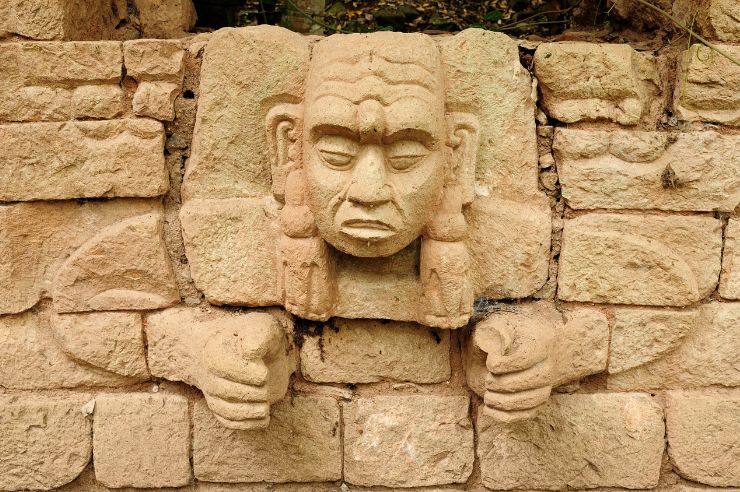
The ancient city of Copán was once the capital of a powerful kingdom. The archaeological site has been a source of fascination for historians and archaeologists since its discovery. Located in western Honduras near the border with Guatemala, the ancient city dates back to around 500 B.C., making it one of the oldest cities in Central America.
The ruins are spread over an area close to 4 square kilometers and include some remarkable structures such as massive stone pyramids, ornate temples, ball courts, plazas, courtyards and hieroglyphic stairways carved with intricate designs.
4. Honduras is home to the world’s largest tiger: the jaguar.

The jaguar is the largest cat in the Americas and is native to Honduras. These powerful animals are an iconic species of the rainforests of Honduras where they play an important role in the ecosystem as top predators.
It is estimated there are around 1000 jaguars living in Honduras – a significant portion of the global jaguar population. Jaguars are threatened by habitat loss as the rainforests are being cleared for agriculture and logging, and poaching – jaguar skins are valuable on the black market.
The Honduran government and conservation organizations are working to establish protected areas, enforce anti-poaching laws, and educate the public about the importance of preserving the country’s natural resources.
5. Honduras is home to the fascinating White Bat
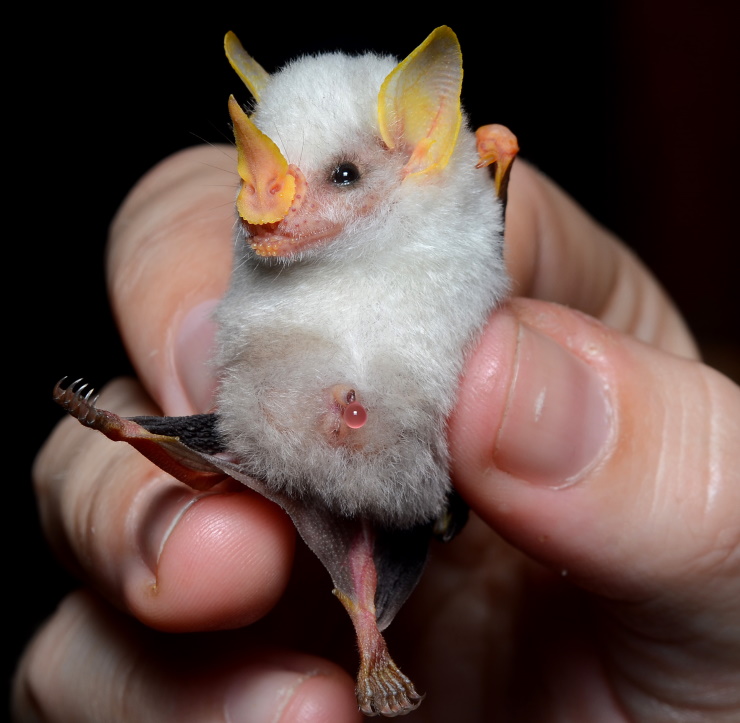
The Honduran white bat (Ectophylla alba) is native to the rainforests of Honduras and Nicaragua. This little bat is completely white with large ears and a distinctive snout, and has a wingspan of only about 8 inches.
The white bat is unique among bat species in that it builds tent-like shelters to live in made from large leaves that it folds and secures with its teeth and claws. The Honduran white bat is an endangered species due to habitat loss.
6. Honduran cuisine is a fusion of indigenous Lenca, Spanish, Caribbean, and African cuisine

The indigenous Lenca people have their own unique style of cooking, quite different from that of the Spanish settlers. The most typical Honduran dishes include baleadas – a flatbread stuffed with scrambled eggs, beans, cheese and other ingredients – and tajadas – ripe plantains that are sliced into strips and fried.
The main ingredients in Honduran food include corn, beans, plantains, beef, pork and chicken. Seafood is also popular in Honduras. Fish like snapper (huachinango), sea bass (corvina ) and tilapia (mojarra) are frequently used.
7. Honduras is a bird watcher’s paradise with several species found nowhere else in the world
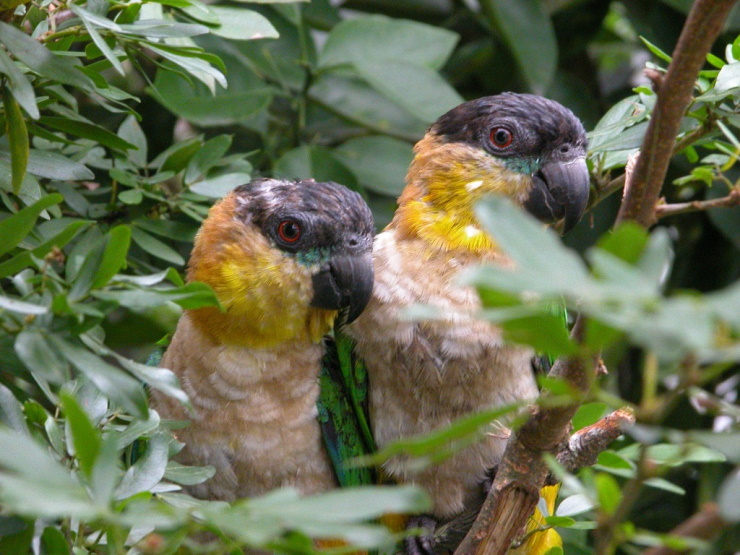
Honduras is home to a number of bird species that are found nowhere else in the world. Here are a few examples:
- Black-headed Parakeet: a critically endangered parakeet is found only in a small area of the western Honduran highlands.
- Baudo Guan: found only in a small area of the Pacific lowlands of western Honduras.
- White-throated Screech-Owl: an owl found only in a small area of the western Honduran highlands.
- Honduran Emerald: a brightly colored hummingbird is found only in a small area of the eastern Honduran highlands.
- Bay-breasted Warbler: a migratory songbird found only in a small area of the western Honduran highlands during the non-breeding season.
8. Honduras has some of the best coffee in the world.
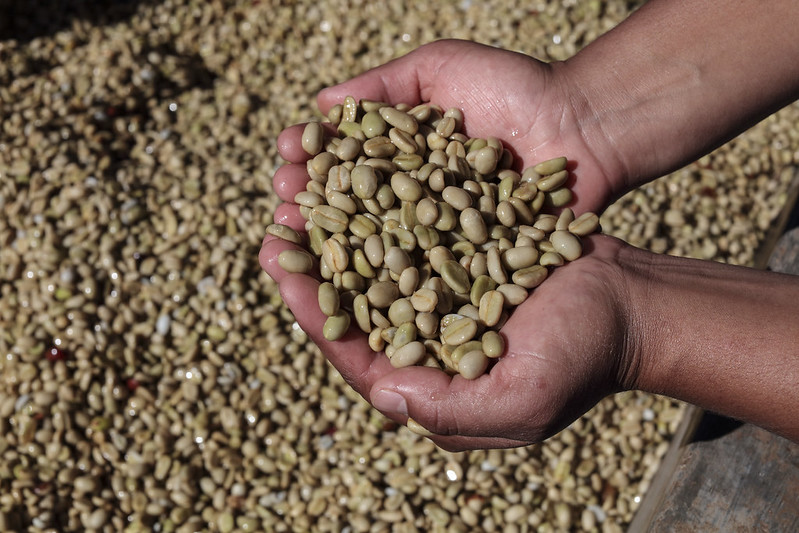
The country produces a variety of premium Arabica coffees that have earned international recognition for their flavor and quality.
Now let’s mention a few scary facts about Honduras.
9. Honduras has one of the highest murder rates in the world
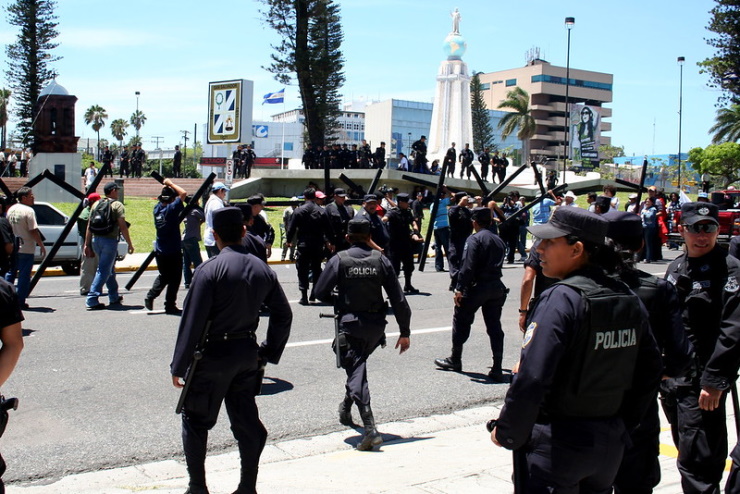
Honduras has active gangs and organized crime groups which have been responsible for much of the violence and crime in the country. Along with neighboring El Salvador and Guatemala, Honduras forms part of the Northern Triangle of Central America, which has been characterized as one of the most violent regions in the world.
Note than, according to data from the United Nations Office on Drugs and Crime (UNODC), the murder rate in Honduras has declined steadily in recent years. In 2019, the murder rate in Honduras was 42.8 per 100,000 population, down from a peak of 90.4 per 100,000 population in 2011.
10. Honduras is prone to natural disasters, including hurricanes, earthquakes, and landslides
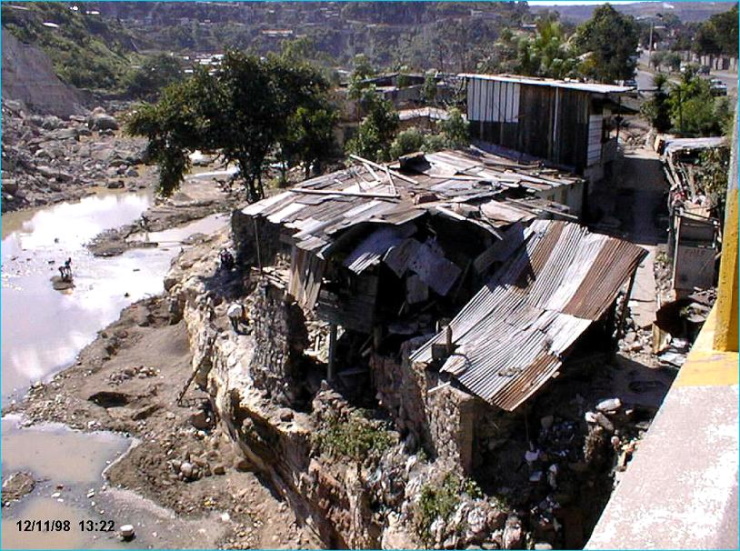
Honduras is located on the Caribbean Sea and the Pacific Ocean, close to the Middle America Trench, which is a major fault line. The area is prone to earthquakes due to the movement of the Caribbean and Cocos plates.
The country’s mountainous terrain and heavy rainfall also makes it susceptible to landslides.
11. Honduras has venomous snakes and other dangerous animals
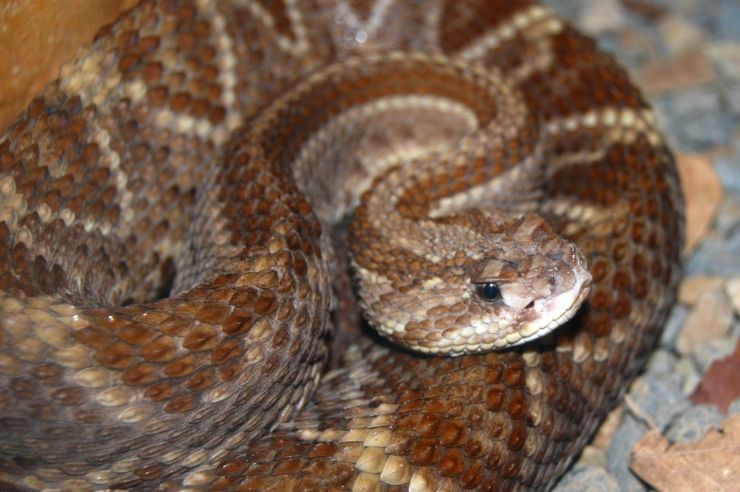
The fer-de-lance snake, the Central American coral snake, and the bushmaster are examples of dangerous animals (threats to people and animals) found in the rainforests and other areas of the country.

